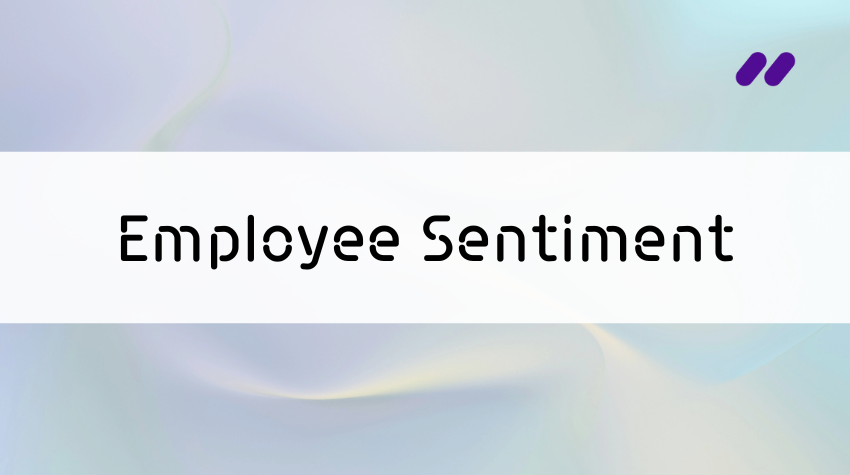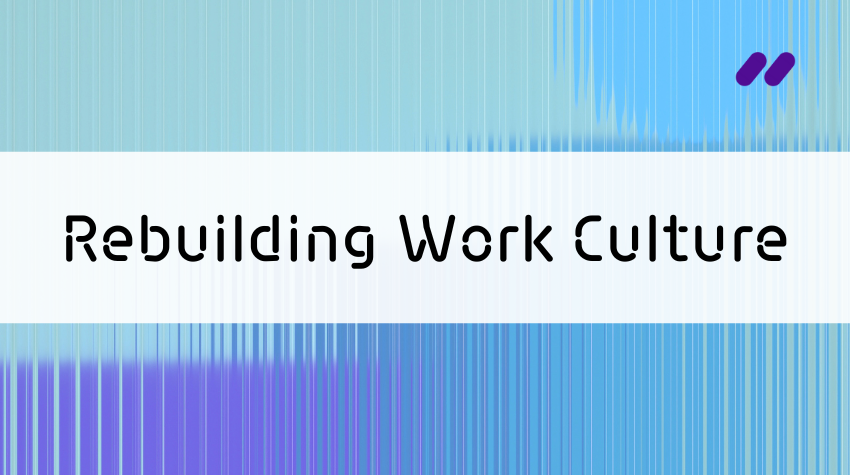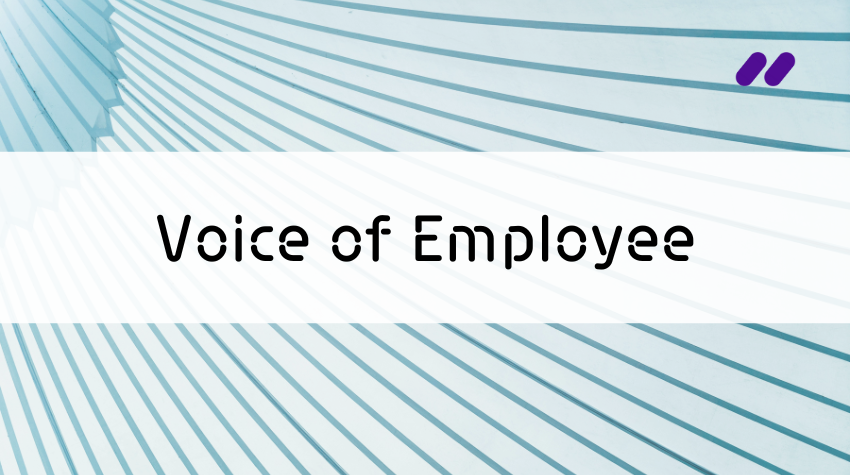To say that the past year and a half has been mentally taxing would be putting it lightly. Between June 2019 and January 2021, the number of adults reporting symptoms of anxiety or depression increased from 11% to over 40%. One of the most significant insights that emerged from these struggles is the crucial role an employer plays in the health and well-being of employees.
If you’ve been paying attention to trends in the human resources sector, this will hardly come as a surprise to you. Even prior to the pandemic, the demand was big for employers to prioritize mental health, make people feel valued, and provide a positive, fulfilling employee experience. Moreover, we’ve known for some time that if an employer demonstrates a commitment to the well-being of its staff, it has a net positive effect on both retention and productivity:
Providing a truly engaging employee experience requires more than simply deciding to put your employees first. You need some means of actively gauging employee sentiment.
- 60% of workers who felt cared for planned to stay with a company for three or more years, as opposed to only 7% of those who didn’t feel cared for (The Science of Care)
- 90% of people who feel valued by their employer are likely to recommend their employer as an exceptional place to work (The Science of Care)
- 90% of people are likelier to stay at a company that accepts and acts on feedback (Access Perks)
- Effective management can increase the growth rate of a business by as much as 143% (LinkedIn)
- Organizations with a high level of employee engagement are up to 22% more productive (Harvard Business Review)
- Companies with high internal engagement and satisfaction may see up to 4x increase in revenue growth (Kotter)
Providing a truly engaging employee experience requires more than simply deciding to put your employees first. You need some means of actively gauging employee sentiment. That way, you can tackle potential problems before they spiral out of control — and before you end up staring down the extremely high cost of employee disengagement.
In short, you need to listen to the voice of your employees in all its forms.
People won’t always tell you what they think
Traditionally, most HR departments gauge sentiment through an annual survey. Unfortunately, in a modern context, these surveys are not only antiquated, they also paint an incomplete picture of how your employees think and feel without robust NPS analysis. Your employees won’t always be motivated to fill out these surveys honestly — especially if those surveys are mandatory.
And even if you do somehow manage to get honest and accurate responses, you’ll still be looking at an incomplete picture of your business. A snapshot, as it were. You aren’t seeing the day-to-day.
You aren’t seeing why Amy from IT quit earlier this year, the series of events that led her to leave. You aren’t seeing why Kevin from sales is missing his targets, how his personal problems are impacting his mood. You aren’t seeing how frustrated your developers are at a recent decision made by leadership, and how that’s impacting their productivity.
You’re effectively only listening to your employees once a year. And while smaller, more dynamic surveys are a good first step to addressing this, it’s not quite enough. You need to do more.
You need to engage your employees not just while they’re at work, but outside of work, as well.
Deepening your understanding of your employees can help organizational leadership make better, more informed decisions, providing a more engaging employee experience overall.
The power of sentiment analysis for voice of employee
The solution to this problem can actually be found in marketing. Consider social media. Your marketing department likely uses at least one or two social listening tools that allow them to track mentions of certain topics and analyze how people are feeling.
Originally, this required extensive manual work by human analysts. Conventional analytics tools are designed for structured data — data which can be easily arranged into a relational database. The text present in social posts is unstructured and undefined.
However, thanks to recent advances in machine learning, analytics tools have become increasingly capable of understanding nuanced emotion and sentiment.
Putting text analytics to work
In the context of HR, functionalities of particular relevance are:
- Word/Phrase Frequency: This can help identify themes and trends in employee communication. In addition to analyzing open-ended surveys, you can collect data from other sources as well — we’ll discuss that in greater depth momentarily.
- Natural Language Processing (NLP): This functionality can help better determine intent and meaning.
By combining these sentiment analysis functionalities with continuous listening, you have the potential to significantly deepen your understanding of your employees. And that, in turn, can help organizational leadership make better, more informed decisions, providing a more engaging employee experience overall.
Some examples of this in practice could include:
- Looking at review sites like Glassdoor and analyzing what former employees are saying about your business
- Personalizing coaching and outreach based on survey responses
- Creating individual professional development strategies based on collected data
- Analyzing HR chatbot conversations to understand pain points and challenges
Unlock the voice of employee with Keatext’s sentiment analysis
The most important advice we can give is to start small, with something like generic text analytics for surveys.
As your business deepens its understanding of big data and machine learning, you’ll be able to deploy increasingly sophisticated AI. And as you do, you’ll hear the voice of your employees come through with a clarity you never imagined possible.


